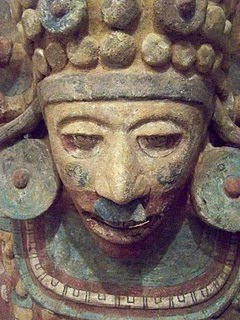In what has been the largest pandemic percentage killings of humans in the last 2000 years, 1/3 of the population of Europe, around 25 million, died in just under five years between 1347 and 1352 as a result of the dreaded Black Death-the Bubonic Plague.
Estimated population of Europe from 1000 to 1352:
1000-38 million,
1100-48 million,
1200 59-million,
1300-70 million,
1347-75 million
1352-50 million
1000-38 million,
1100-48 million,
1200 59-million,
1300-70 million,
1347-75 million
1352-50 million
But out of death and loss a new World emerged-the rebirth of Europe was at hand,
the Renaissance
the Renaissance
The huge death toll left a massive shortage in the labor force. Over night serfdom began to disappear and a large middle class, something unknown in Europe since the Roman Republic of 100 B.C.E., began to emerge. The plague aided the development of the Renaissance as men with talent were able to rise above their station of birth due to the more fluid social order. The World would never be the same!




















